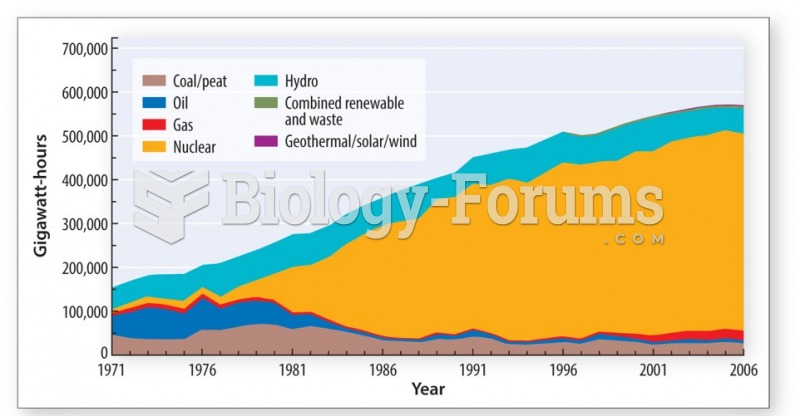|
|
|
More than 50% of American adults have oral herpes, which is commonly known as "cold sores" or "fever blisters." The herpes virus can be active on the skin surface without showing any signs or causing any symptoms.
On average, someone in the United States has a stroke about every 40 seconds. This is about 795,000 people per year.
A strange skin disease referred to as Morgellons has occurred in the southern United States and in California. Symptoms include slowly healing sores, joint pain, persistent fatigue, and a sensation of things crawling through the skin. Another symptom is strange-looking, threadlike extrusions coming out of the skin.
If all the neurons in the human body were lined up, they would stretch more than 600 miles.
In 1844, Charles Goodyear obtained the first patent for a rubber condom.







